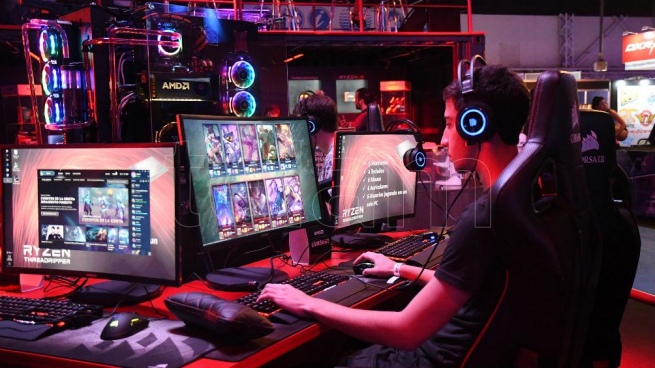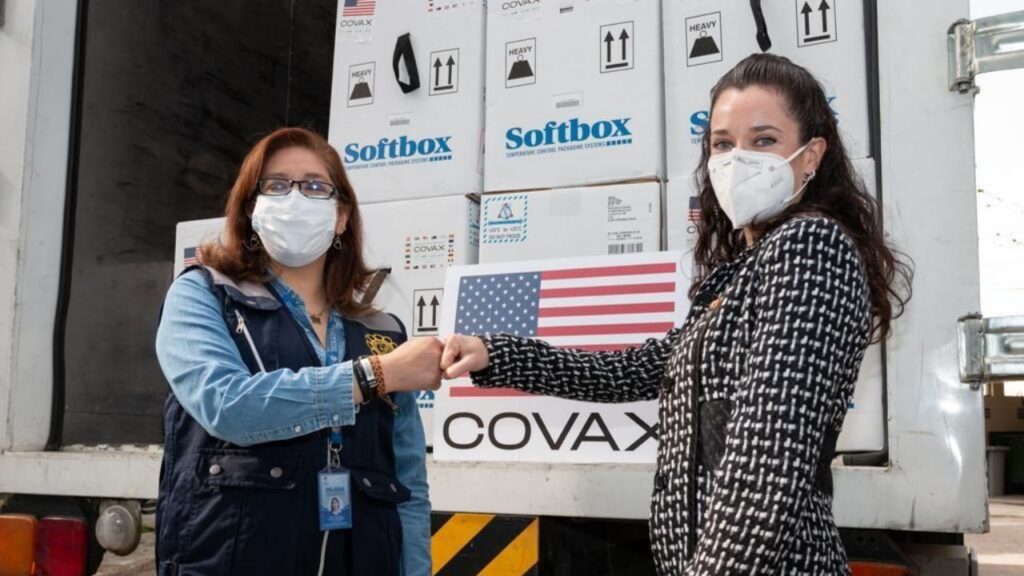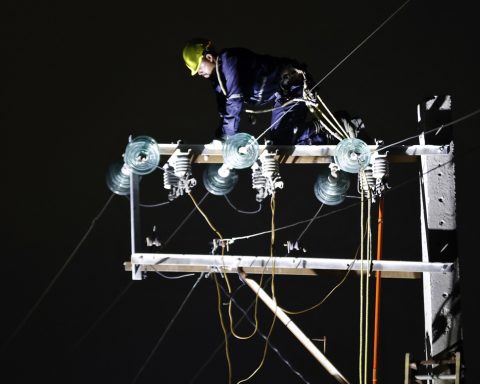90% of the turnover of video games in Argentina is concentrated in four companies, in an industry that invoiced more than US$ 86 million last year, according to estimates by the Observatory of the Argentine Video Game Development Industry.
The Observatory report estimated total billing in 2021 at US$ 86,716,560with a growing trend, given that in 2020 it had exceeded US$70 million.
“There are four video game studios that bill 90% and thousands of independent developers or studios of up to 5 people who are monotributists”, The video game coordinator of the Ministry of Culture of the Nation, Alejandro Iparraguirre, told Télam.
One of the four studies is Globantfounded in 2003 in Argentina, which develops video games for multiple platforms: it worked for Electronic Arts, Dreamworks, Playspan, MySpace and True Games, and, since 2020, it has its own team, Globant Emerald Team (GET) to compete in the Professional Video Game League (LVP).
The other three companies are Nimble Giant -founded in Argentina in 2002 with games like Quatum League and Hellbound-; Ethermax, founded in the country in 2009 with Trivia Crack as the best-known product; and WildLife, founded in Brazil in 2011 under the name Top Free Games.
The 2021 report of the Observatory identified 53% of micro-enterprises in the sector, 36% of small companies and 11% that qualifies as a medium-sized company, according to the Afip SME classification for the services category, due to the number of employees.
Asked about the impact of the promotion of the knowledge economy in the industryIparraguirre explained that the law “mentions video games but, considering the sectoral composition, the law is for a medium-sized company, with up to 30 people working”
“There are four video game studios that bill 90% and thousands of independent developers or studios of up to 5 people who are monotributists; there are no medium studios,” he emphasized.
He also said that, in the industry, “there is an intention to professionalize companies” but stressed that “no sector is consolidated if it is not with the State.”
“There are four video game studios that bill 90% and thousands of independent developers or studios of up to 5 people who are monotributists; there are no medium studios”
In fact, he postulated that “if a sector is not professionalized, it is very difficult to professionalize it if it does not have support or public policy for the sector.”
globallyaccording to data from the firm Newzoo, only the segment of games to download on mobile devices (Mobile Gaming) reached US$93 million, with an increase in downloads of 63% compared to 2020.
In terms of audience, in 2021 alone, according to Statista, approximately 2.7 billion mobile gamers were registered worldwide; while in general, brands invest an average of US$ 4,000 million a year in the gaming industry.

In Argentinathis investment drops to $500 million a year and, in Latin America, they estimate that a brand invests an average of $600,000 a year.
The calculation published by Adsmovil is that in 2021, “mobile gamers spent more than US$ 120,000 million dollars, that is, an increase of 20% compared to 2020, and 50% more than the console sectors, PC, Mac and portable devices together.”
In that sense, Iparraguirre considered that the numbers must be analyzed both from “the consumption side” and from “the development side.”
“The future is to access intellectual property that tends to be played on different platforms”
“On the consumption side, when you look at the global numbers, the consumption that grew the most is mobile, which has to do with the occasion of using video games, casual games and the number of mobile devices that people have,” he pointed.
For this reason, although it seems that everything is mobile, “when analyzed with another depth, it is seen that those that bill the most are not mobile, but multiplatforms,” he specified.
Iparraguirre maintained that “the technology to make video games is more accessible, more democratized”and stated that “from the development side, it’s about looking for a more complete experience” than what can now be offered on mobile devices.
In his opinion, “the trend is multiplatform, to live a complete playful experience, with intellectual property that is distributed on different platforms.”
“The future is to access intellectual property that tends to be played on different platforms,” he said.
In turn, in this industry, e-sports streams grew by 258% during 2021 compared to 2020, mainly due to the participation of the Latin American public and the tournaments.
“From all sides you look at it, the exposure that tournaments give you is very important. In relation to the commercial aspect, the visualization scope of our sponsorships expands; and, on the strictly sports side, the brands warn that they are investing in a well organized and managed company”, explained the CEO of Furious Gaming, Esteban Abeledo.
The latest report from “The State of Gaming Marketing by AppsFlyer”, a measurement and marketing experience platform, places gaming as the favorite category of mobile application consumers, which registered an investment in marketing and campaigns of US$ 14.5 billion worldwide. overall in 2021.

















